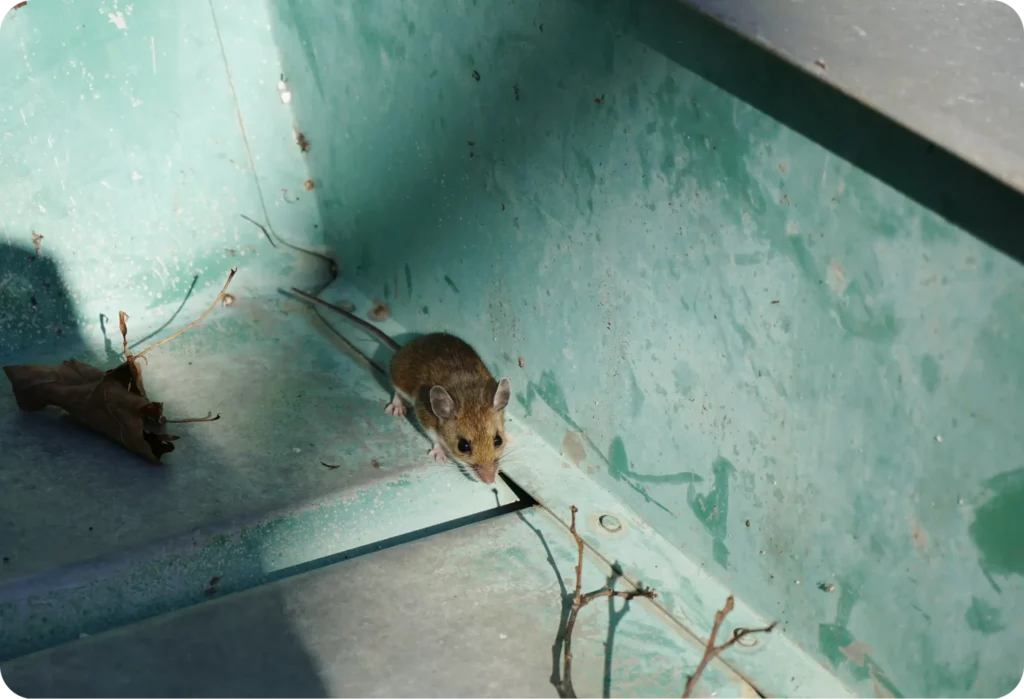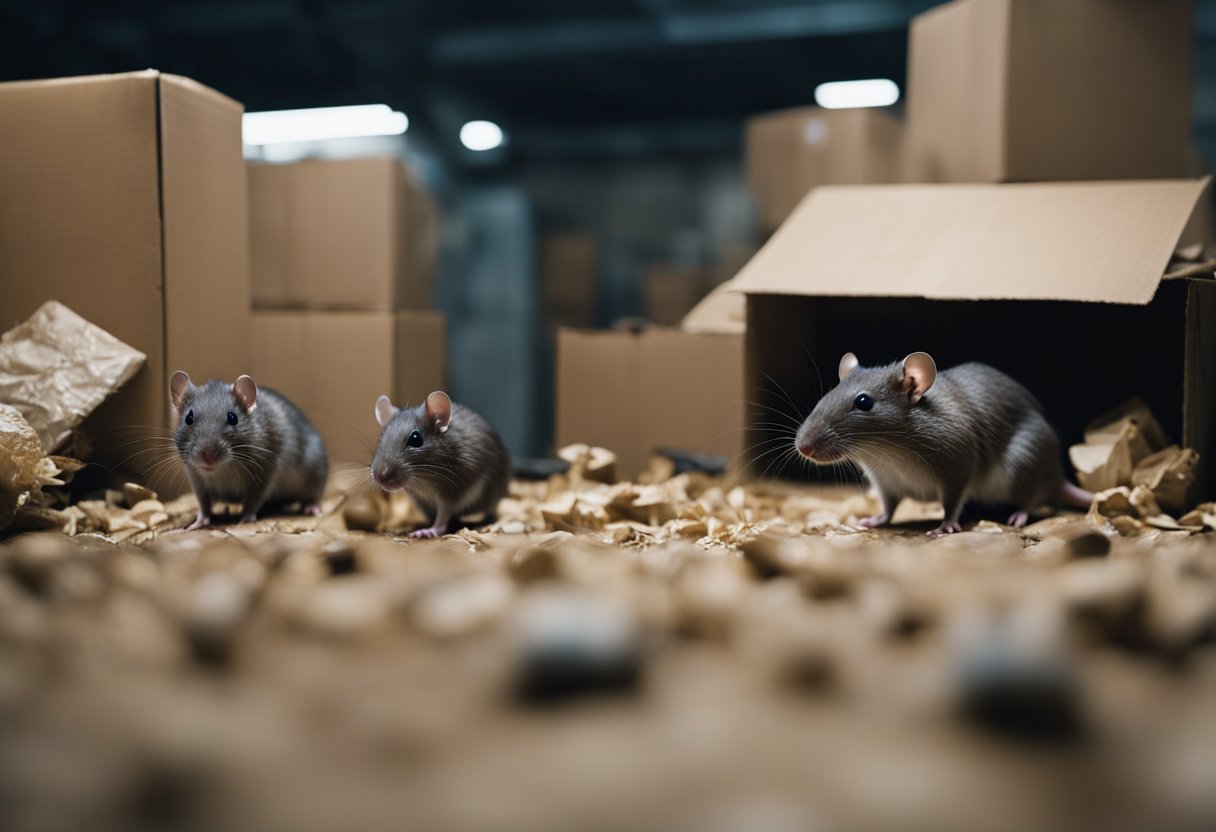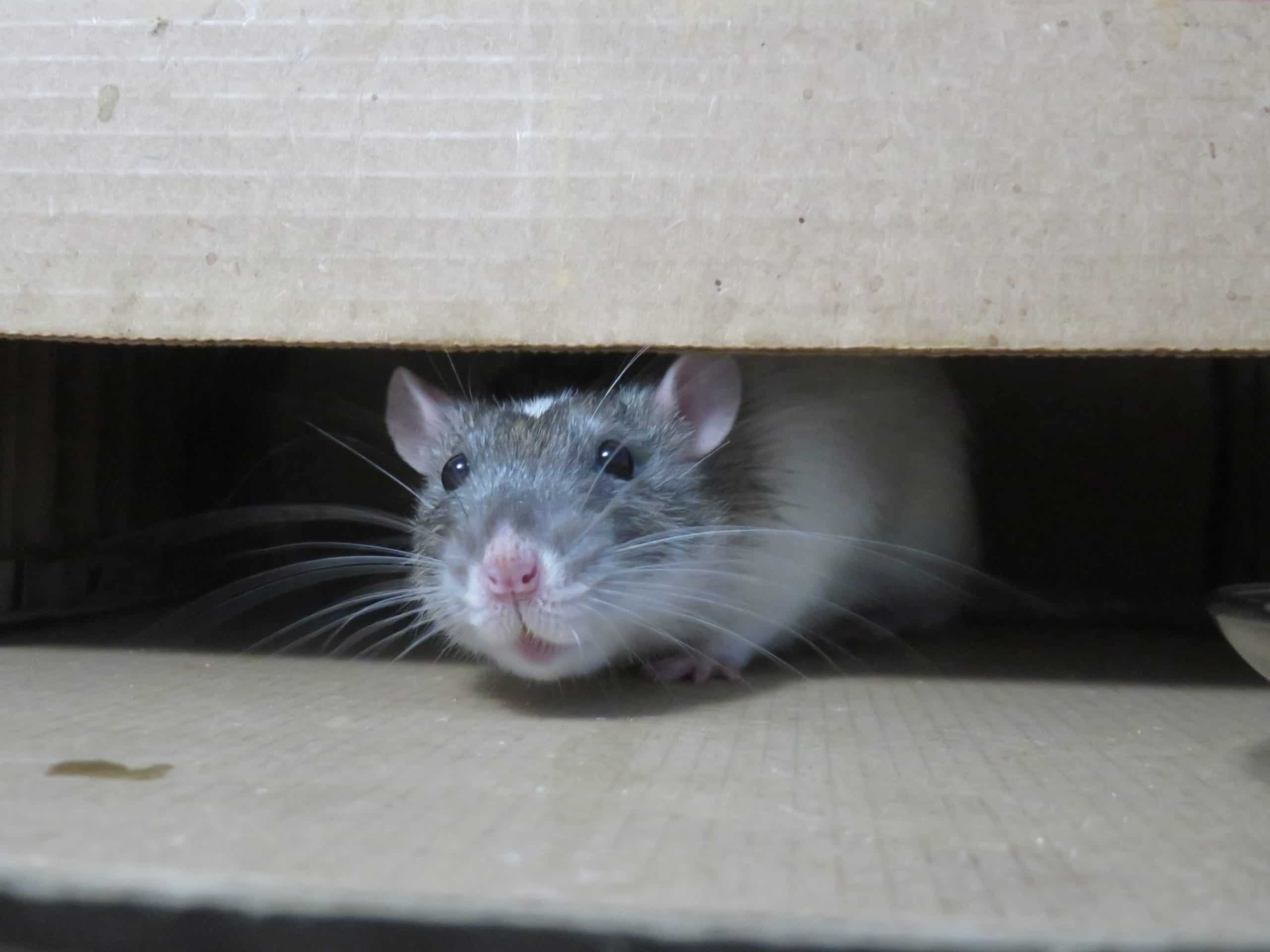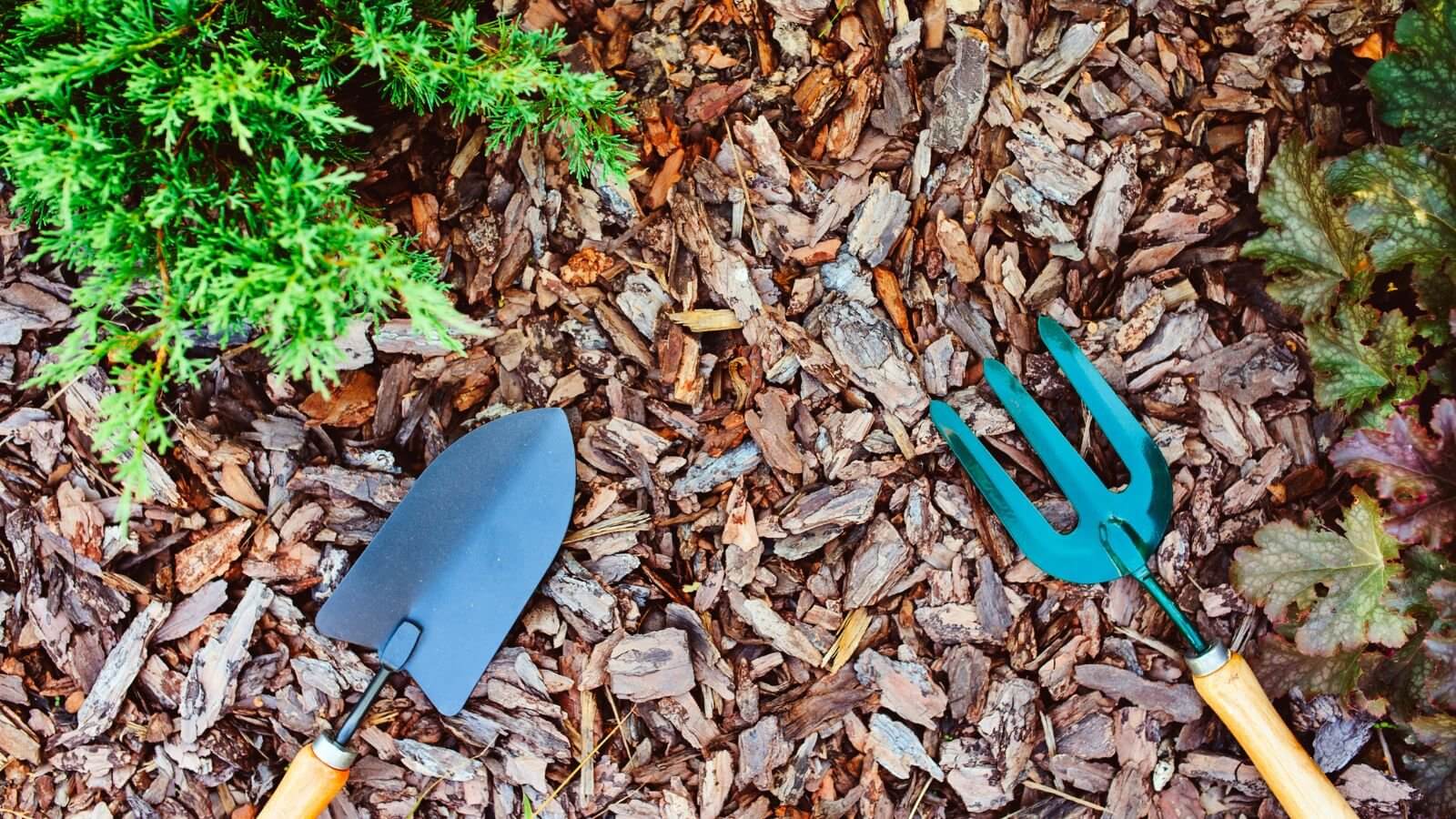What Are the Common Types of Rodent Baits Used Indoors in Sydney Homes?
Indoor rodent control in Sydney relies on four main bait types: wax blocks, pellets, soft baits, and gel baits. Each formulation addresses specific rodent behaviours and indoor placement requirements.
Professional pest control in sydney select bait types based on rodent species, infestation severity, and household safety requirements.
1. Wax Blocks
Wax blocks offer durability and moisture resistance, making them suitable for damp indoor areas like basements or laundries. Their hard texture appeals to rodents’ natural gnawing instincts.
2. Pellets
Pellets work well in wall cavities and roof spaces where rodents nest. Their small size allows placement in tight spaces through existing gaps.
3. Soft Baits
Soft baits provide maximum palatability for indoor use. Their fresh texture and appealing scent attract rodents quickly, particularly effective in kitchens and pantries when secured in tamper-proof stations.
4. Gel Baits
Gel baits enable discreet application in sensitive indoor environments. Applied in small amounts along rodent pathways, they target cautious rodents that avoid larger bait placements. The gel format suits areas where traditional baits might be impractical or visible.
How Do Pest Control Professionals Ensure the Safety of Indoor Rodent Baits?
What protocols do professionals follow to protect households during indoor rodent treatment? Professional pest control Sydney services implement multiple bait safety measures to prevent accidental exposure to children, pets, and non-target wildlife.
Tamper-proof bait stations form the first line of defence. These lockable containers prevent unauthorised access whilst allowing rodents to enter through specially designed openings. Technicians secure stations with keys or specialised tools that children cannot operate.
Strategic placement determines safety outcomes. Licensed controllers position stations in areas inaccessible to children—behind appliances, within wall cavities, or in locked cupboards. They maintain strict distance from food preparation zones and dining areas.

Compliance with Australian regulations guides every application. Professionals:
- Follow manufacturer label instructions precisely
- Document bait locations and quantities
- Use products registered with the Australian Pesticides and Veterinary Medicines Authority (APVMA)
- Select formulations with reduced secondary poisoning risks
Pet safety receives particular attention. Technicians assess household layouts, identify pet access areas, and choose bait formulations less attractive to domestic animals. They brief homeowners on warning signs of accidental ingestion and emergency response procedures.
What Are the Common Chemical Rodenticides Used Indoors in Sydney Homes and What Are Their Safety Profiles?
Which chemical rodenticides do Sydney pest controllers typically use indoors? Anticoagulant baits dominate indoor rodent control, with products like Contrac Rodenticide and Tomcat Rodent Bait being industry standards.
1. Contrac Rodenticide
Contrac Rodenticide contains bromadiolone, a single-dose anticoagulant that proves lethal after one feeding. This formulation reduces the time rodents remain active in your home, minimising contamination risks. The bait’s effectiveness means fewer applications are needed compared to multi-dose alternatives.
2. Tomcat Rodent Bait
Tomcat Rodent Bait offers all-weather durability with high palatability, making it particularly effective for fussy rodents like roof rats. Its moisture-resistant formula maintains potency in humid Sydney conditions, especially useful in bathrooms or laundry areas where rodents seek water sources.
Concerns About Secondary Poisoning
Secondary poisoning remains a concern when pets or wildlife consume poisoned rodents. Professional pest controllers mitigate this risk by:
- Selecting lower-toxicity formulations where appropriate
- Calculating precise dosages to prevent excess bait availability
- Monitoring bait consumption patterns closely
- Removing dead rodents promptly to prevent scavenging
Licensed operators understand the pharmacokinetics of each chemical rodenticide in Sydney, adjusting treatment protocols based on household composition and pet presence.
Are There Safer Alternatives to Chemical Baits for Indoor Rodent Control in Sydney Homes?
Can you control rodents without chemical poisons? Yes—several non-toxic methods offer effective alternatives for Sydney homeowners concerned about chemical exposure. These options range from homemade rodent bait to physical trapping devices.
Natural rodent repellents using peppermint oil, eucalyptus, or crushed bay leaves create unpleasant environments for rodents without toxicity. Cotton balls soaked in these essential oils placed near entry points can deter rodents from establishing nests indoors.
Homemade rodent bait combines peanut butter with oats or dried fruit in snap traps or live capture cages. These baitless traps eliminate poisoning risks entirely whilst remaining highly attractive to rodents seeking food sources.
The advantages include zero chemical exposure and immediate confirmation of capture. Limitations involve regular monitoring requirements and the need to handle trapped rodents. Snap traps provide instant kills but require careful placement away from curious pets. Live capture cages demand prompt release or disposal to prevent suffering.
These alternatives work best when combined with professional assessment to identify optimal placement locations throughout your Sydney home. For those considering such a professional evaluation, joining local community groups like this Facebook group can provide valuable insights and recommendations.
Why Is Effective Rodent Management Important in Sydney Homes?
What makes rodent control so critical for Sydney households? Sydney’s warm, humid climate creates ideal breeding conditions for roof rats, Norway rats, and house mice, leading to rapid population growth if left unchecked. These pests pose serious threats beyond mere nuisance.
Health Hazards
Rodents bring health hazards, including the transmission of dangerous diseases. Rodent droppings and urine can contaminate food preparation surfaces and stored items with pathogens like salmonella and leptospirosis. Direct contact with rodent waste or breathing in dust from contaminated areas puts families at risk of infection.
Property Damage
Rodents cause property damage due to their constant need to gnaw. Their teeth grow continuously, driving them to chew through electrical wiring (creating fire hazards), wooden structures, insulation, and even plastic pipes. A single rat family can cause thousands of dollars in structural damage within months.
Food Contamination
The risks that Sydney residents face from rodents extend to food contamination. Mice and rats spoil pantry items through droppings and gnaw marks, requiring the disposal of entire food supplies once an infestation occurs.
How Can Homeowners Complement Safe Indoor Baiting with Preventive Measures Against Rodents?
Can baiting alone solve rodent problems? No—rodent prevention Sydney strategies work best when combined with physical barriers and hygiene practices. Baits eliminate existing populations, but preventive measures stop new infestations from developing.
1. Sealing Entry Points
Sealing entry points forms the first line of defence. Rodents squeeze through gaps as small as 12mm, making thorough inspection critical:
- Pack holes and cracks with steel wool or copper mesh (rodents cannot chew through these materials)
- Install door sweeps on external doors
- Repair damaged roof tiles and seal ventilation openings with fine wire mesh
- Check utility entry points where pipes and cables enter walls
2. Cleanliness for Pest Control
Cleanliness for pest control removes food sources that attract rodents. Store pantry items in sealed glass or metal containers, clean up spills immediately, and secure rubbish bins with tight-fitting lids. Pet food left overnight becomes an easy meal for hungry mice and rats.
3. Regular Inspections
Regular inspections detect early warning signs—droppings, gnaw marks, or greasy rub marks along walls—allowing swift intervention before populations explode.
Why Should Homeowners Rely on Licensed Pest Controllers for Indoor Rodent Treatment in Sydney?
Do licensed professionals offer advantages over DIY rodent control methods? Licensed pest controllers Sydney bring specialized expertise that significantly reduces risks when using rodenticides indoors. Their training ensures proper identification of rodent species, accurate assessment of infestation severity, and selection of appropriate baiting strategies for your specific situation.

Safety Measures
Professional rodent treatment safety extends beyond simply placing baits. Licensed technicians understand the precise positioning required to maximize effectiveness whilst keeping children and pets protected. They install tamper-resistant bait stations in strategic locations that intercept rodent pathways without creating household hazards.
Legal Compliance
Legal compliance pest control represents another critical advantage. Sydney pest controllers must adhere to strict regulations governing rodenticide use, storage, and disposal. These professionals maintain current knowledge of approved products and application methods, protecting homeowners from potential legal issues arising from improper pesticide use.
Ongoing Monitoring
Expert technicians provide ongoing monitoring and maintenance of bait stations, adjusting strategies based on rodent activity patterns. They offer guidance on complementary exclusion work and sanitation improvements, creating comprehensive solutions rather than temporary fixes.
Conclusion
Safe indoor rodent treatment in Sydney requires a balanced approach that protects both your family and your property. Combining chemical baits with non-toxic alternatives creates multiple layers of defence against infestations. Preventive practices like sealing entry points and maintaining cleanliness reduce the need for intensive treatments.
Licensed pest controllers deliver effective pest control strategies tailored to your home’s specific needs. They ensure bait stations remain secure from children and pets whilst targeting rodent populations efficiently. The question “Rodent Treatment Sydney: How Safe Are the Baits Used Indoors?” has a reassuring answer: when professionals handle placement and homeowners maintain vigilance, indoor baiting achieves excellent results without compromising household safety.
Related : Rat Removal Sydney: How Long Before You See Complete Results?
FAQ’s on Rodent Treatment
Sydney pest controllers typically use four main types of rodent baits indoors:
Wax blocks (durable and moisture-resistant)
Pellets (ideal for tight spaces like roof voids)
Soft baits (highly palatable, especially for kitchens)
Gel baits (discreet, good for sensitive or visible indoor areas)
Each is selected based on rodent behaviour, location, and safety requirements.
The most common indoor rodent baits used in Sydney include:
Wax blocks – Moisture-resistant and durable.
Pellets – Ideal for tight spaces like roof voids.
Soft baits – Highly palatable and effective in kitchens or pantries.
Gel baits – Discreet and ideal for sensitive or visible areas.
Each bait type is chosen based on the rodent species, infestation severity, and indoor environment.
When professionally installed, indoor rodent baits in Sydney are safe for households with children and pets. Technicians use lockable bait stations, avoid baiting near food or play areas, and select formulations that are less attractive to non-target animals. Homeowners receive clear safety instructions during treatment.
Sydney pest controllers commonly use anticoagulant rodenticides like:
Bromadiolone (e.g., Contrac Rodenticide) – Lethal in a single dose.
Brodifacoum (e.g., Tomcat) – Highly effective for stubborn infestations.
While effective, these chemicals are used in controlled quantities and are monitored by professionals to reduce risks of secondary poisoning and ensure household safety.
Yes. Non-toxic rodent control options include:
Essential oil repellents (e.g., peppermint or eucalyptus)
Snap traps and live capture cages
Homemade bait mixes like oats and peanut butter
These alternatives eliminate chemical exposure but require regular monitoring and proper placement to ensure effectiveness.
Rodents pose serious threats in Sydney due to:
Health risks (e.g., salmonella, leptospirosis)
Property damage (e.g., chewed wires and insulation)
Food contamination (e.g., spoiled pantry items)
Effective rodent treatment prevents disease, reduces fire hazards, and protects food and belongings.
No—baits are only part of a comprehensive rodent control strategy. Sydney homeowners should also:
Seal entry points with steel wool or mesh
Maintain cleanliness to remove food sources
Conduct regular inspections for droppings or gnaw marks
Combining baiting with preventive measures ensures long-term success.
Sydney’s licensed pest professionals ensure safety by:
Installing tamper-proof bait stations
Placing baits away from children and pets
Using only APVMA-registered products
Providing safety instructions and emergency protocols
They assess each home’s layout and rodent activity to tailor a safe and effective treatment plan.
Indoor bait stations should be checked every 2–4 weeks, depending on rodent activity. Professional pest controllers monitor consumption, remove dead rodents, and adjust bait placements to maintain effectiveness and safety throughout the treatment period.
Yes. Hiring a licensed pest controller in Sydney ensures:
Correct bait type and placement
Compliance with legal safety regulations
Expertise in rodent behaviour
Ongoing monitoring and prevention advice
DIY treatments often miss key safety and effectiveness standards, especially in homes with children or pets.



